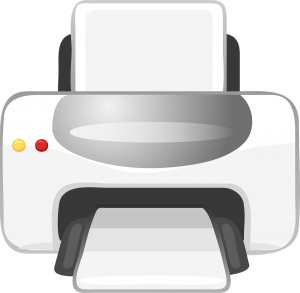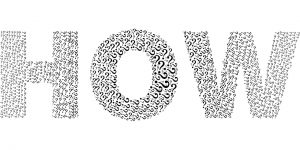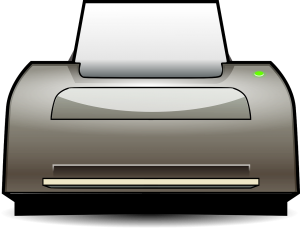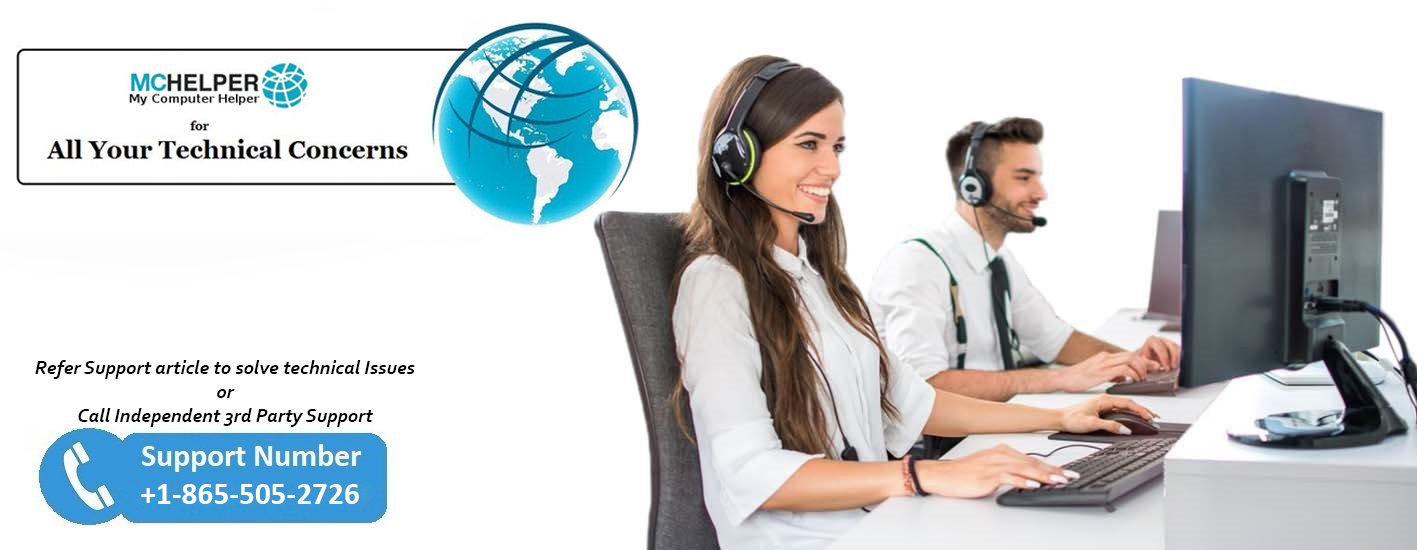Printer Setup
Welcome to our comprehensive guide on printer setup, where we aim to demystify the process and equip you with the knowledge to seamlessly connect and set up wireless printer. Whether you are a tech-savvy enthusiast or a complete beginner, setting up printer can be a crucial yet challenging task. But fear not! Our blog is here to walk you through the entire printer setup process, providing valuable insights, troubleshooting tips, and expert advice to ensure a hassle-free experience.
 In this digital age, printers remain essential devices, linking the gap between the digital and physical worlds. From important documents to cherished photographs, the need for reliable and efficient printing solutions persists. However, with an abundance of printer types, connectivity options, and software requirements available today, the printer setup process can feel overwhelming.
In this digital age, printers remain essential devices, linking the gap between the digital and physical worlds. From important documents to cherished photographs, the need for reliable and efficient printing solutions persists. However, with an abundance of printer types, connectivity options, and software requirements available today, the printer setup process can feel overwhelming.
Our blog is your ultimate go-to resource, covering everything from setting up wireless printers to resolving common printer setup issues that may arise. We’ll explore the ins and outs of wired and wireless connections, the significance of printer driver download, and how to configure your printer to suit your specific needs.
Whether you are setting up wireless printer at home or connecting a network printer in an office environment, understanding the printer setup process is vital for unlocking the full potential of your printing device. We’ll delve into the nitty-gritty of calibration, paper and ink management, and even explore the world of mobile printing for those who are always on the go.
How to Setup Printer:
Setting up printer might seem daunting at first, but it’s generally a straightforward process that can be completed in just a few steps. Whether you have a new printer or need to connect an existing one to a new device, here’s a comprehensive guide to help you with the printer setup process:
- Unboxing and Inspection: To set up wireless printer, Start by unboxing it carefully and inspecting all the contents to ensure nothing is missing or damaged. Typical components inside the box include the printer itself, power cord, ink cartridges or toner, USB cables (if applicable), installation CD (sometimes), and user manuals.

- Placement and Power: For Printer setup, find an appropriate location for your printer near a power source. Ensure it’s on a stable surface and away from direct sunlight or extreme temperature changes. Plug in the power cord and turn on the printer.
- Connect to Your Computer: Depending on the type of printer you have, there are several ways to connect it to your computer:
- Wired Connection: Connect the USB cable’s other end to a free USB port on your computer and the printer’s USB port if your printer allows a wired connection (USB).
- Wireless Connection: You must connect your printer to your Wi-Fi network in order to set up a wireless printer. Refer to your printer’s manual for specific instructions on how to do this, as the steps can vary between printer models.
- Printer driver download: Most modern operating systems will automatically detect your printer and install basic drivers. However, it’s a good idea to install the official printer drivers provided by the manufacturer. These drivers optimize printer performance and enable advanced features. You can usually find the drivers on the printer manufacturer’s website. Download and run the printer driver installation software, following the on-screen instructions.
- Test Print: Once the printer drivers are installed, it’s time to check if everything is working correctly. Go to your computer’s “Devices and Printers” or “Printers & Scanners” settings, find your printer, right-click on it, and select “Print Test Page.” If the printer successfully prints the test page, it indicates that the printer setup process is complete.
- Calibrate and Configure: Depending on your printer model, you might need to perform some calibration or configuration steps to ensure optimal print quality and functionality. Consult the user manual for instructions on calibrating the printer and adjusting any settings to suit your needs.
- Install Mobile Printing Apps (Optional): Many modern printers support mobile printing. To enable this feature, install the compatible mobile printing app on your smartphone or tablet. Follow the app’s instructions to connect your mobile device to the printer.
- Paper and Ink/Toner: Load the appropriate paper type and size into the printer’s paper tray. If you have an inkjet printer, you might need to insert ink cartridges. Laser printers typically require toner cartridges. Refer to the manual for correct installation procedures.
Remember, the specific steps and printer setup process can vary based on your printer model and the devices you’re connecting it to. Always refer to the manufacturer’s instructions for the most accurate and up-to-date guidance during the printer setup process.
How to Fix Problem with Printer Setup:
 Setting up printers can sometimes be a smooth process, but it’s not uncommon to encounter problem with printer setup. These issues can be frustrating, but they are often solvable with a little troubleshooting. Here are some common problems you may face during printer setup:
Setting up printers can sometimes be a smooth process, but it’s not uncommon to encounter problem with printer setup. These issues can be frustrating, but they are often solvable with a little troubleshooting. Here are some common problems you may face during printer setup:
- Connection Issues: One of the most frequent problems is establishing a connection between the printer and the computer. If you’re using a wired connection, ensure that the USB cable is securely linked to both the printer and the computer. For wireless printers, make sure they are connected to the correct Wi-Fi network, and the signal is strong enough.
- Driver Problems: Installing the appropriate printer drivers is crucial for the printer to function correctly. Outdated or incorrect drivers can lead to printing errors or complete malfunction. Ensure you have the latest drivers compatible with your operating system and printer model.
- Printer Not Detected: Occasionally, despite being properly connected, your computer might not recognize the printer. A defective USB cable, a problem with the USB port, or driver-related problems can all cause this problem. Attempt using a different USB cable or a different USB port.
- Software Conflicts: Other software installed on your computer, such as security applications or other printer-related software, might interfere with the printer setup process. Temporarily disabling such software during the setup can help identify and resolve conflicts.
- Network Configuration Problems: When setting up a network printer, you might face challenges in configuring the printer’s IP address, subnet, or gateway settings. Ensure the printer’s network settings match those of your computer and network.
- Paper Jams: Paper jams is a common problem that can occur during initial setup or later during printing. Ensure that you load the paper correctly and that the paper tray is not overloaded. Follow the printer’s manual for guidance on removing paper jams.
- Ink or Toner Issues: If you have an inkjet printer, it might not print correctly or produce faded prints if the ink cartridges are empty or improperly installed. Similarly, laser printers can have print quality problems if the toner cartridges are running low or incorrectly inserted.
- Printer Offline: Sometimes, the printer may go offline and refuse to respond to print commands. Check the printer’s display panel for any error messages, or try restarting both the printer and the computer to resolve this issue.
- Mobile Printing Problems: It can be difficult to set up mobile printing apps and wirelessly link your smartphone or tablet to the printer. Make that the app is current and that the printer and mobile device are both connected to the same Wi-Fi network.
- Compatibility Issues: Some older printers may not be compatible with newer operating systems, causing setup problems. Check the printer’s compatibility with your computer’s OS before attempting to install it.
If you encounter problem with printer setup, it’s essential to refer to the printer’s user manual or visit the manufacturer’s support website for specific troubleshooting instructions. Many printer manufacturers also offer dedicated customer support services that can help you resolve complex issues and ensure your printer is set up correctly for smooth operation.
Conclusion:
 You have now reached the end of our comprehensive printer setup guide. We hope this blog has provided you with the necessary knowledge and confidence to tackle any printer setup with ease.
You have now reached the end of our comprehensive printer setup guide. We hope this blog has provided you with the necessary knowledge and confidence to tackle any printer setup with ease.
Remember, setting up wireless printer may seem daunting at first, but armed with the right information and a little patience, you can overcome any challenge that comes your way. Whether you’re connecting a new printer to your computer, configuring a network printer, or troubleshooting unexpected issues, the steps and tips shared here will be invaluable.
For detailed instructions pertaining to your printer model, always consult the user manual issued by the printer manufacturer. Additionally, don’t hesitate to explore online resources and reach out to customer support if you encounter any complex issues. Users can also navigate to the website Homepage to know more about our support services.
